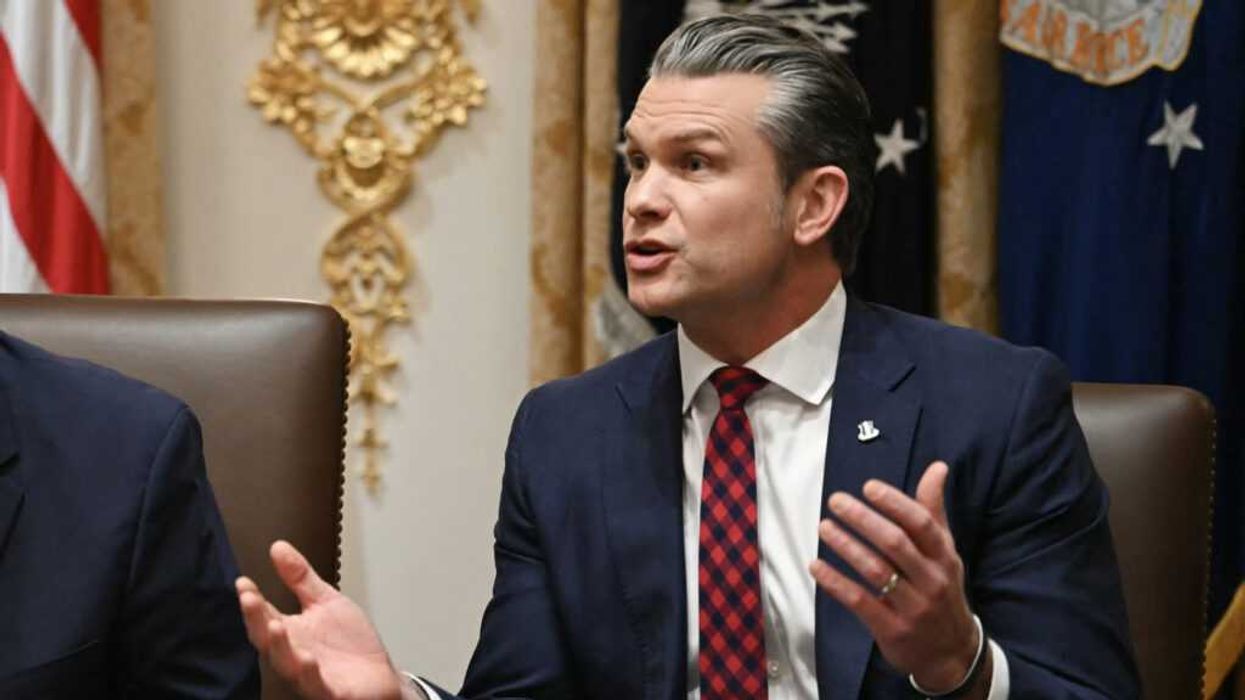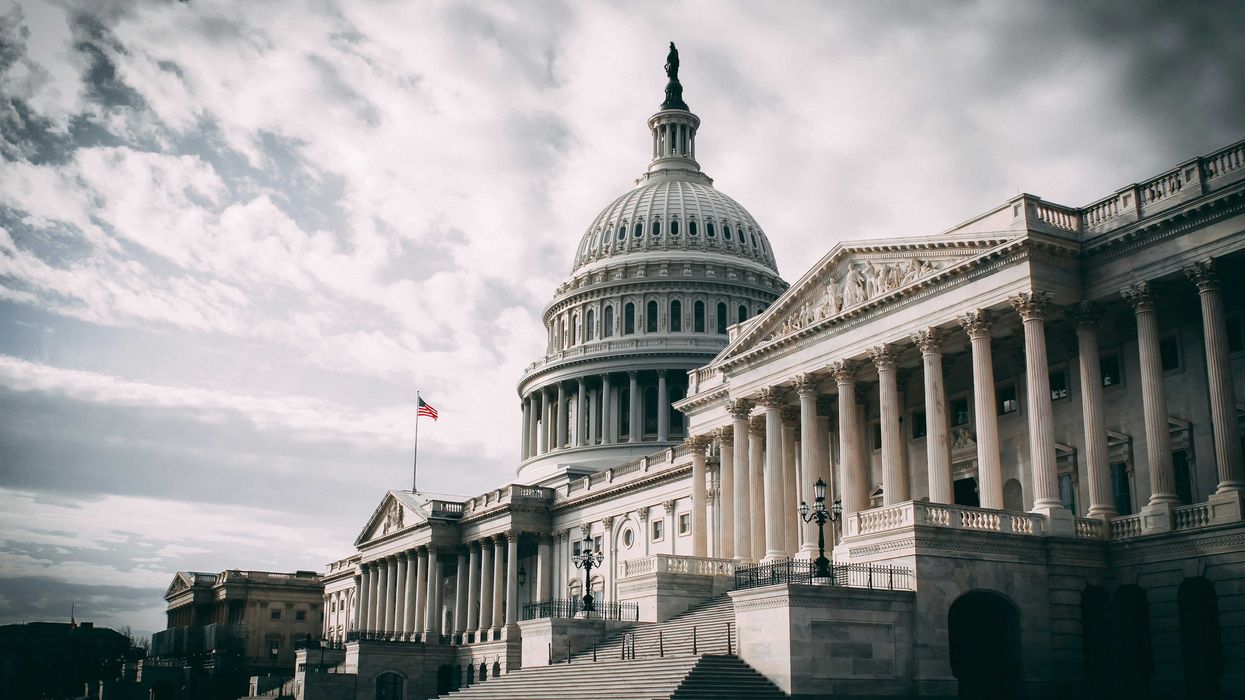Dear Joe,
I appreciate the work that you do, but I’m having trouble with the idea of civility. I’m tired of being civil with people who aren’t. I have a number of friends who say that civility is a useless strategy to deal with the problems of our times. I’m beginning to believe them. But there’s a part of me that still wants to believe that there are peaceful and nonviolent ways to deal with what’s going on. I’ve had enough of the fighting and aggressive ways we are relating to one another. Any ideas?
Split
Hey Split,
I appreciate your dilemma. The issues you raise have been at the core of my work for decades. How do you confront a bully without becoming a bully? How can you respond with courage instead of becoming passive? How do you speak your truth in a public forum when you know you risk getting “canceled” or having your life threatened? How do you confront incivility without becoming uncivil?
It seems that the lack of civility has become mainstream worldwide. Whether it be at a family dinner, in political town halls, at protests or at work, the loud-and-crass approach appears increasingly to get the most attention. But, when I read between the lines in your question, I suspect that you have insight into a deeper set of truths: that a loud voice may not be a strong voice, that both sides can win at the same time, and that the need to be right may not be the best path toward finding common ground and new solutions to our current problems.
Why is being civil not working? I believe we are working with an outdated operating definition of civility; we need an approach to civility that invites powers like strength, confidence, skill, courage, resilience and assertiveness. These powers, when used in a respectful, balanced way, could help neutralize the aggression, lack of listening, othering, breaking and polarization that hampers our interactions. So, in order to confront the level of animosity and distress we are facing, we all need to revise and “upgrade” our current skills, strategies, fortitude and resilience.
The first step in this process is to let go of a condition I call “chronic niceness.” Chronic niceness happens when we hold an archaic notion of civility, complete with a “big smile mask,” refined niceties, and where our messages of charity, mercy, and inclusivity, may not be in alignment with our actions. For example, when you say yes but you should have said no, or when you say no but you should have said yes, you may suffer from this chronic need to be nice. And, when it comes to chronic niceness, we all pay the price.
Consider this: When you witness friends marginalizing others, your place of worship or political party justifying violence for their cause, or your social media groups and friends destroying someone’s reputation before considering all the facts – and you say nothing – you are contributing to the debilitating effects of chronic niceness.
When you let go of chronic niceness and the false sense of civility, you open to the fierce power of kindness. Let’s distinguish the difference between kindness and niceness. Niceness is an external façade that creates distance and gives us permission to justify our harms; kindness is a quality of the heart that requires courage, empathy and compassion, respects the dignity and value of self and others, and leads to actions of nurturing and protecting others. Kindness transcends our limited views of each other and has the potential to bring about peace, healing and reconciliation.
What if we let go of our chronic niceness, stepped into our highest qualities of openhearted fierceness, and called ourselves and those we encounter to our highest values?. We step into our fierceness when we stand face to face with our challenges, bullies and aggression with empowered vulnerability. We become both nurturers and protectors for ourselves and others.
Fierce Civility is the approach I use to learn these upgraded skills. It trains you to shift your viewpoints, habits and behavior so that you can:
- Stay regulated in times of high tension so you don’t fall into patterns of aggression or passivity.
- Determine your level of safety in every moment and set clear boundaries.
- Treat others as you would like to be treated.
- Hold yourself and others accountable to our highest values.
- Seek out results that honors the dignity of all involved.
- Collaborate to find solutions that include the needs of all involved.
Success may not be guaranteed, but pursuing this course of action may support you in cultivating the resilience, grace, patience, skill and courage needed to stay in the challenges, and grapple with the twists and turns of these encounters, with a higher probability of a successful outcome. This upgraded form of civility may be what’s needed to shift from volatility to lasting peace.
With fierce respect for you and your exasperation,
Joe Learn more about Joe Weston and his work here. Make sure to c heck out Joe’s bestselling book Fierce Civility: Transforming our Global Culture from Polarization to Lasting Peace, published March 2023.
To Ask Joe, please submit questions to: AskJoe@Fulcrum.us.



















